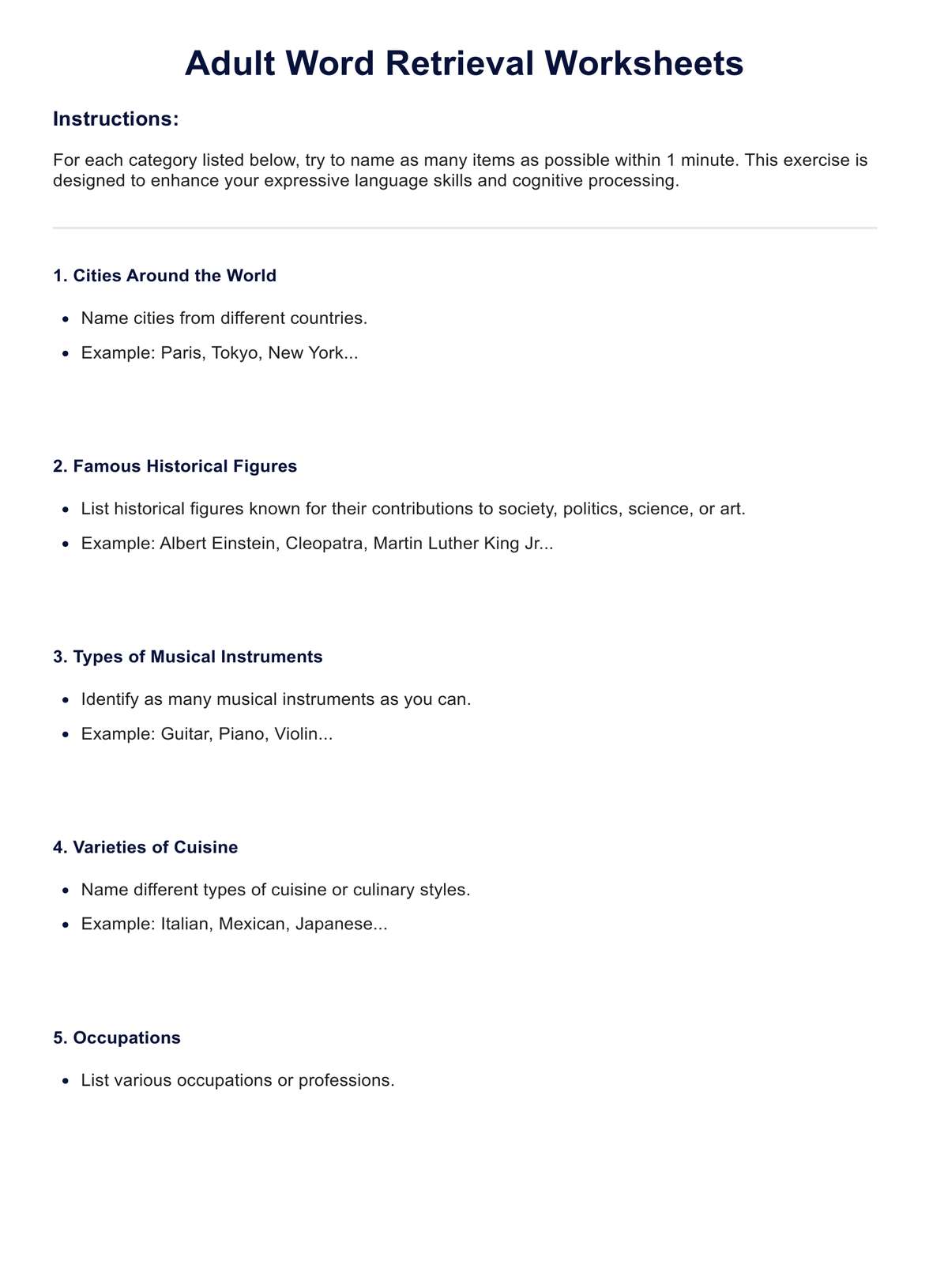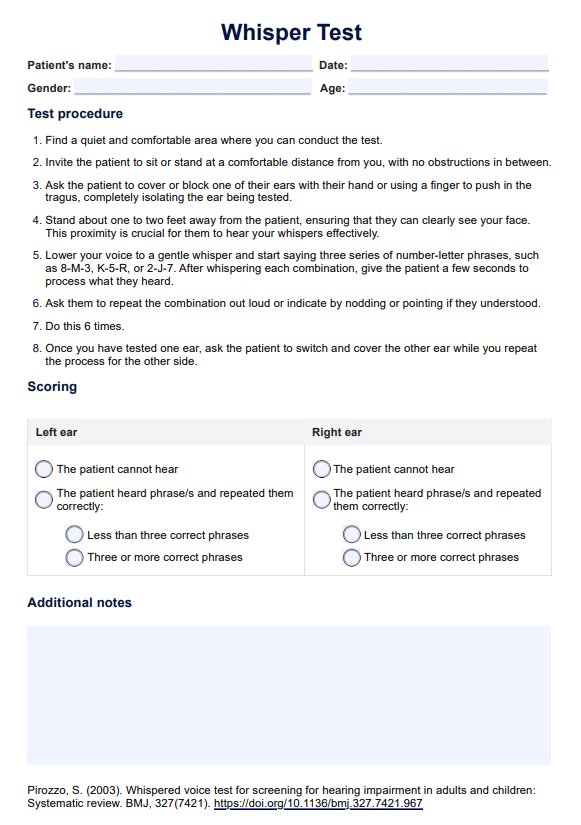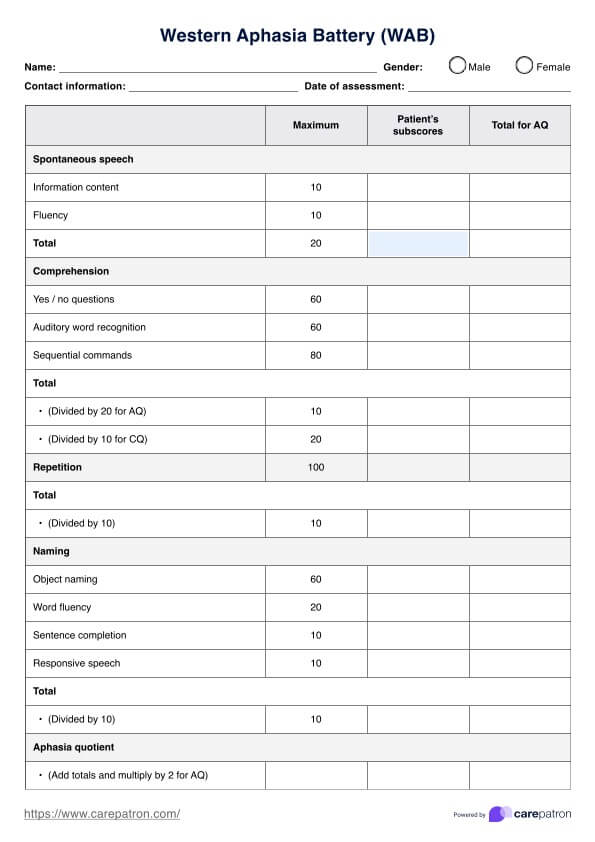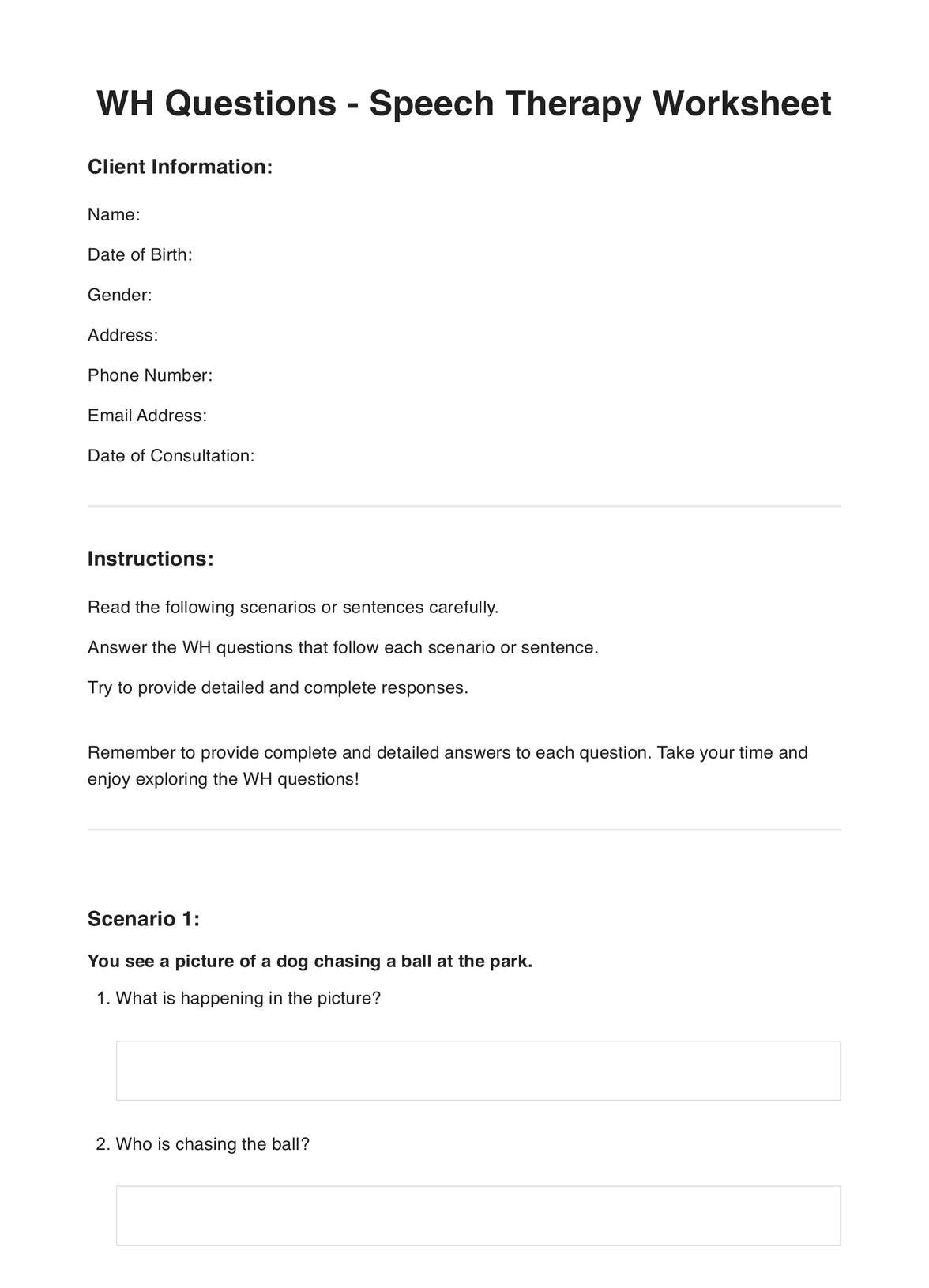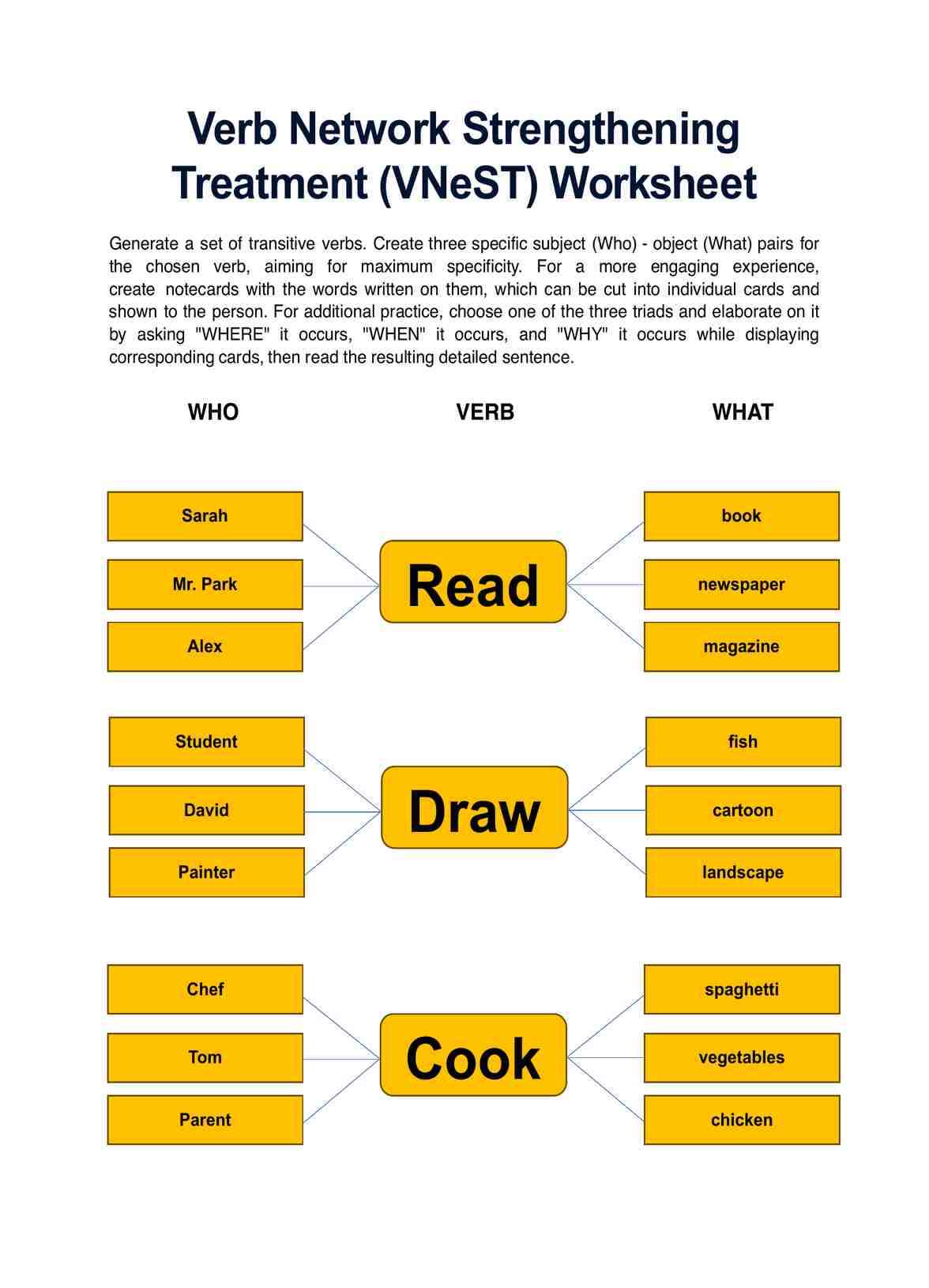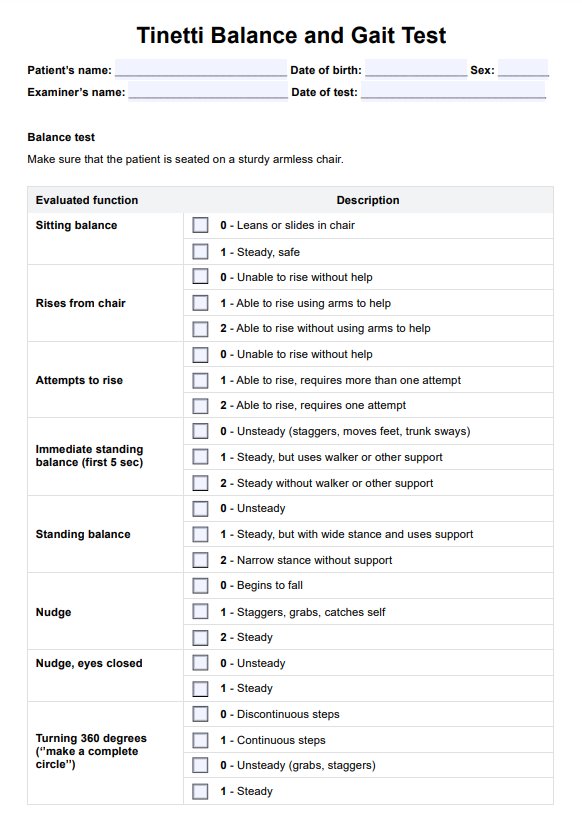The all-in-one solution for speech therapists
Maximize your Speech Language Therapy practice with Carepatron. Manage clients, scheduling, and billing effortlessly. Elevate care quality and streamline operations with our speech therapy software. Try Carepatron now for smoother therapy management!
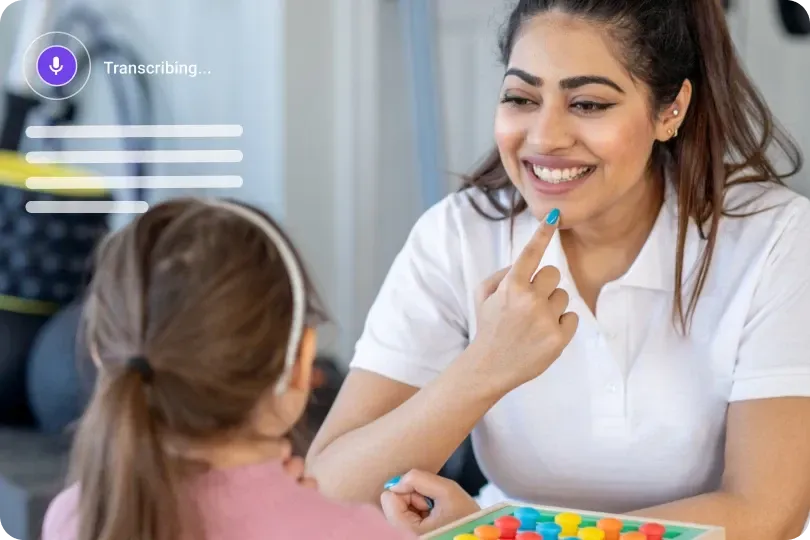
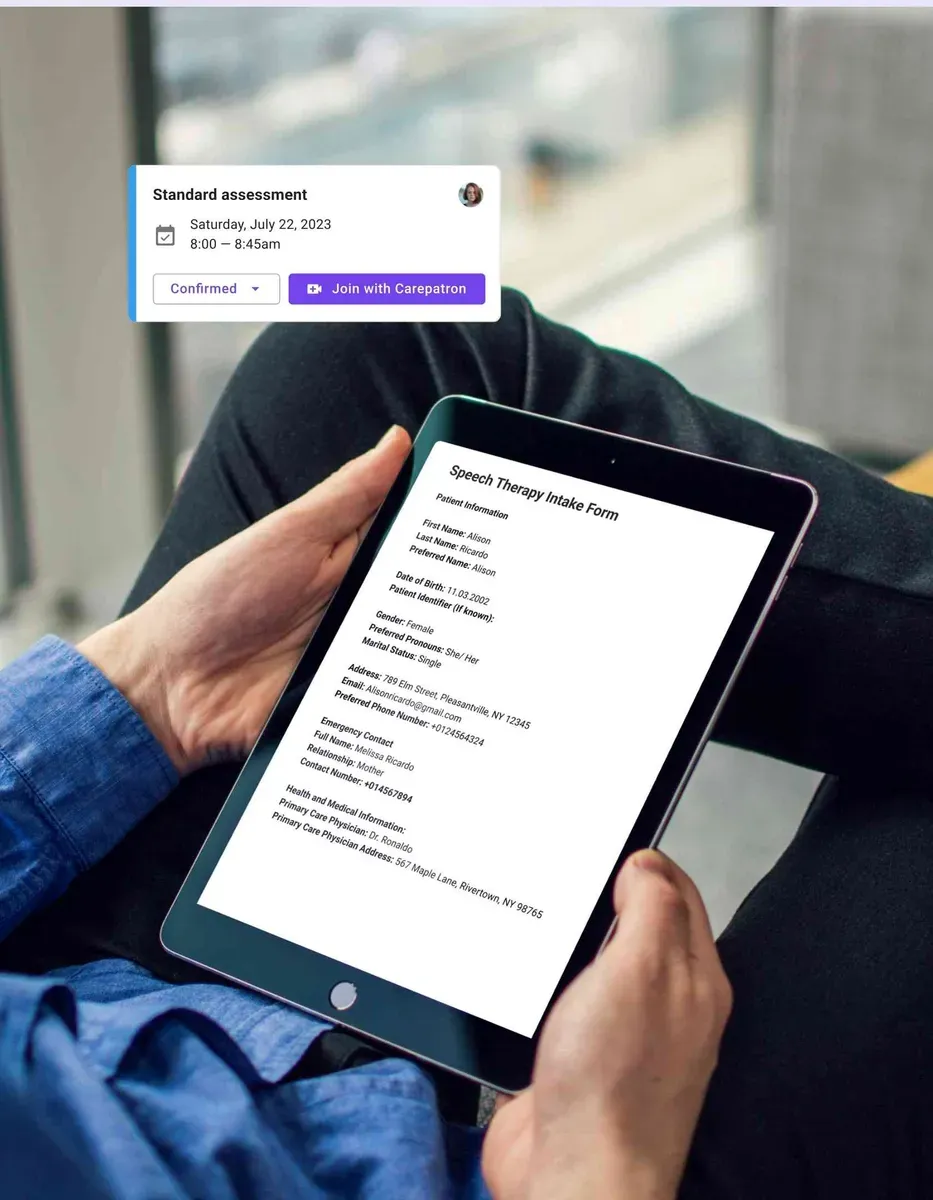
Carepatron’s Speech Therapy Software
Elevate your speech therapy practice with Carepatron's innovative software solution to streamline operations and enhance client care.

Comprehensive management tools
Carepatron offers management tools, including scheduling, billing, and documentation features, ensuring seamless workflow optimization and efficient practice management.

User-friendly interface
Experience ease of use with Carepatron's intuitive therapy notes software. With a user-friendly interface, navigating and documenting client sessions is effortless, allowing your team to focus on delivering high-quality care without the burden of complex software.

Teletherapy integration
Carepatron seamlessly integrates teletherapy options, allowing therapists to conduct remote sessions easily. This feature expands access to care, increases flexibility, and improves client engagement and satisfaction.

Secure and HIPAA-compliant
Carepatron prioritizes data security, employing robust encryption methods and maintaining HIPAA compliance to safeguard sensitive client information and ensure confidentiality, instilling trust and confidence in therapists and clients alike.
Counseling software resources
Access insightful worksheets, expert advice, and industry guidelines. We've curated everything you need to enhance your practice and better serve your clients.
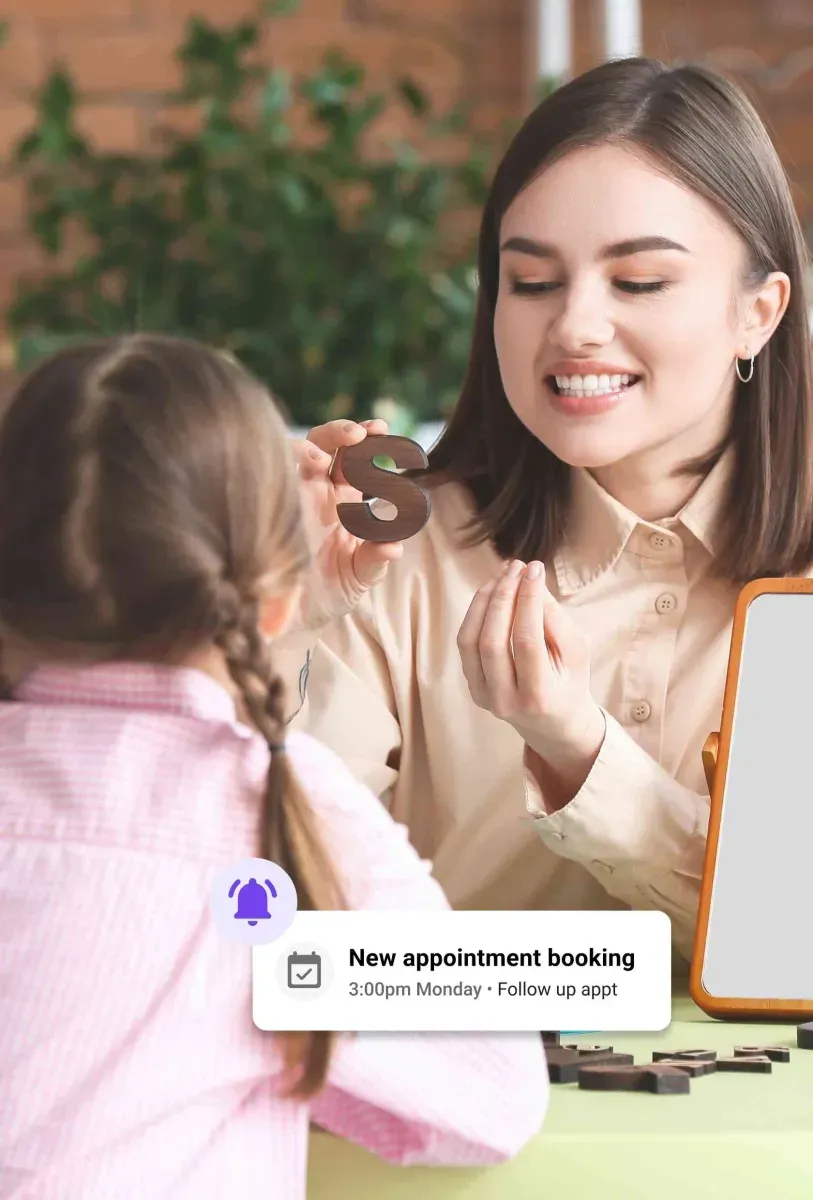
The best speech therapy EMR for your team
Enhance your speech therapy practice with Carepatron, the best EMR for streamlined management, improved productivity, and superior client care. Easily optimize workflows and boost team efficiency.

Streamlined workflow
Our platform simplifies scheduling, billing, and client management, ensuring smooth operations for your healthcare team. Easily coordinate appointments, generate invoices, and access client information in one centralized system.

Enhanced communication
Facilitate communication within your nursing team and with patients through Carepatron's intuitive platform. Utilize features like telehealth video calls, patient portals, and messaging to enhance collaboration and patient engagement.

Advanced analytics
With powerful analytics tools, you can gain valuable insights into your practice's performance. Track key metrics, identify trends, and make data-driven decisions to optimize operations and improve patient outcomes.

Secure and compliant
Quickly input and update patient information, ensuring accuracy and accessibility for personalized care and treatment planning. Rest assured, knowing that Carepatron's software is entirely HIPAA-compliant ensures the highest standards of security and privacy.
Trusted by more than 100,000 practitioners

"It’s so easy to connect with my staff"
CLAIRE, PHYSICAL THERAPIST

"Carepatron saves me 2 hours everyday"
AEGEUS L, HEALTH COACH

"My team loves how simple it is to use"
ANDREA MAGNUS, PRACTICE MANAGER
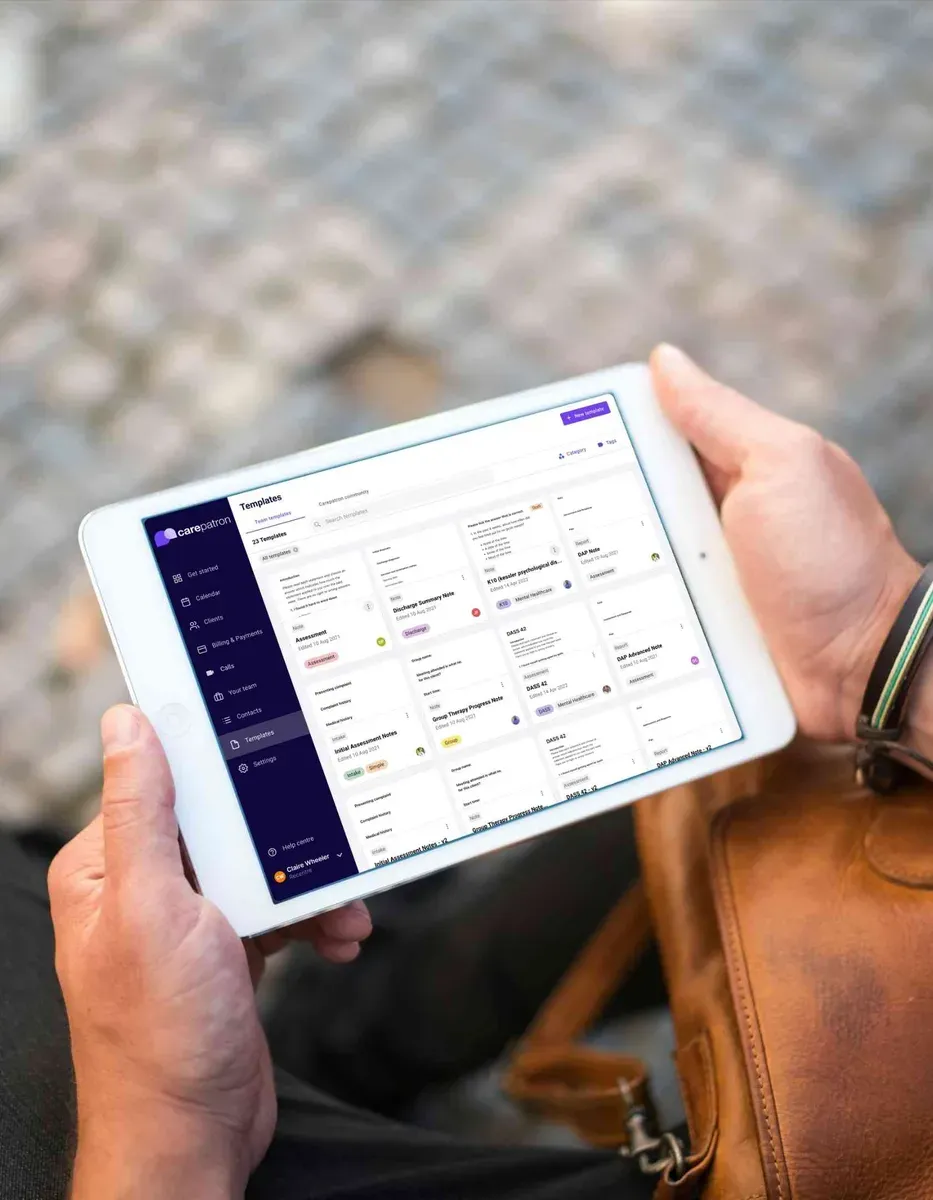
Carepatron’s speech therapy software features
Learn about the comprehensive features of Carepatron's Speech Therapy Software, designed to streamline your speech therapy practice and elevate patient care.

Appointment management
Efficiently schedule and manage appointments, send automated reminders, and synchronize calendars for seamless coordination among your team and clients.

Billing and invoicing
Simplify Speech Therapy billing software with online invoicing, mobile payment options, and comprehensive tracking to ensure timely payments and improved cash flow for your practice.

Clinical documentation
Securely store and manage patient records and create progress notes, treatment plans, and health documents, all within a HIPAA-compliant system with bank-level encryption for maximum confidentiality.

Teletherapy integration
Expand your reach and provide convenient care with integrated teletherapy services. These services allow you to conduct sessions remotely, communicate with clients, and deliver quality care from anywhere
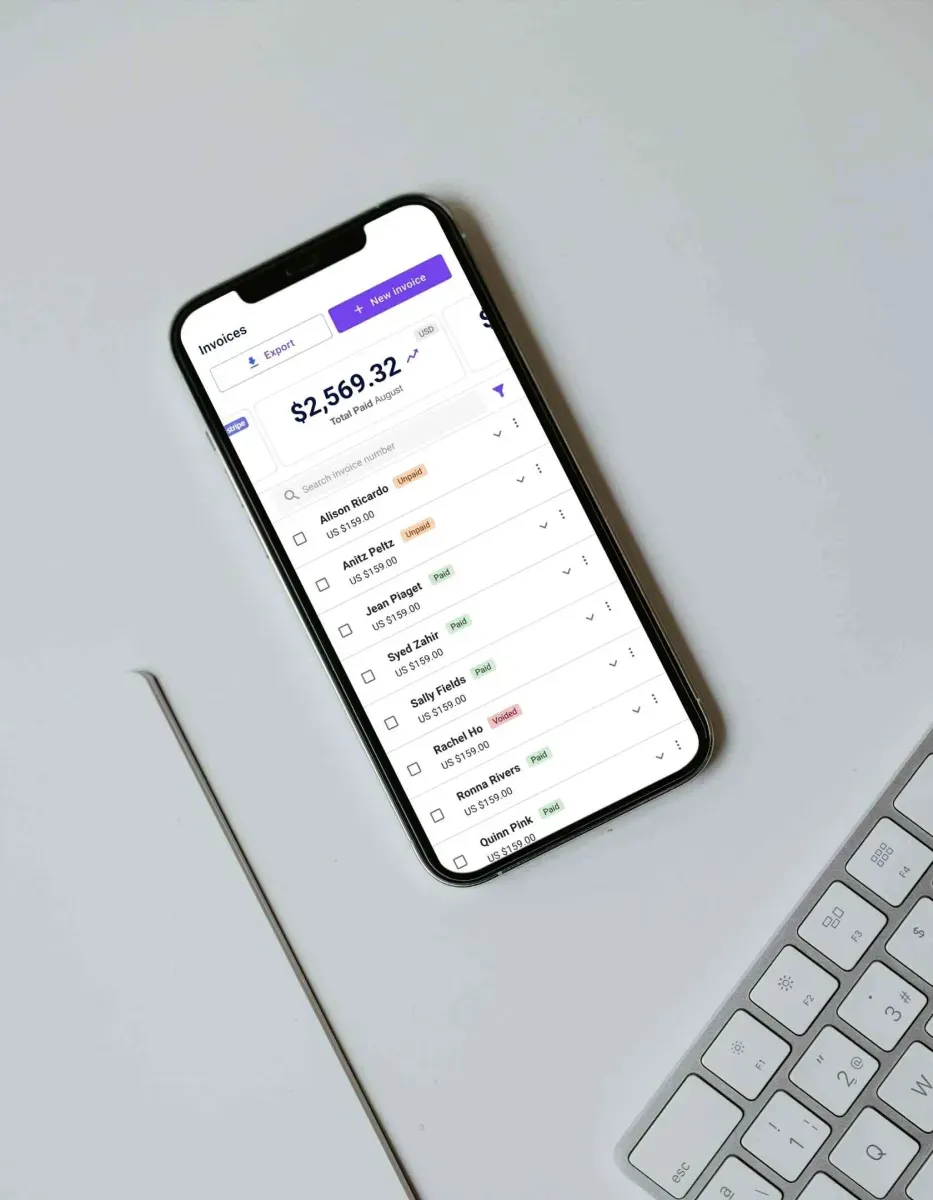
The benefits of Carepatron’s speech therapy software
Experience the advantages of Carepatron’s speech therapy software, a one-stop platform to enhance productivity, compliance, and client outcomes.

HIPAA-compliant security
Ensure patient data confidentiality with robust HIPAA-compliant security measures, including AES-256 encryption and secure cloud storage.

The speech therapy software for different healthcare teams
Carepatron's speech therapy software adapts to diverse healthcare teams, offering seamless integration, improved collaboration, and tailored solutions for enhanced efficiency across multidisciplinary practices.

Speech therapy clinics
Carepatron streamlines operations for speech therapy clinics, offering comprehensive management tools for scheduling, billing, and documentation, enhancing efficiency and client care.

Hospitals and medical centers
Carepatron's software integrates into hospital systems, providing speech therapy teams with secure communication channels, teletherapy options, and centralized patient data management for enhanced collaboration and patient care.

School districts and educational institutions
Carepatron supports speech therapy programs in educational settings, offering user-friendly interfaces for teachers and therapists, student progress tracking features, and teletherapy capabilities to ensure effective communication and therapy delivery.

Private practices and independent therapists
Carepatron empowers private practice therapists with customizable scheduling, billing, and documentation features. It enables seamless client management, teletherapy options, and secure data storage for efficient and effective therapy services.

Brief breakdown: How to use our free speech therapy software
Get started with our free speech therapy software using this simple guide. Easily integrate into your practice with minimal effort.

Sign-up and account creation
Register for an account on our platform, providing essential information. Access your account dashboard to utilize the available features and tools, including scheduling, documentation, and teletherapy options.

Client onboarding and data Input
Add clients to your account by entering their information into the system. Input relevant details such as contact information, medical history, and therapy goals to effectively customize treatment plans and track progress.

Schedule appointments and sessions
Utilize the scheduling feature to book appointments and therapy sessions with clients. Set reminders and notifications to ensure therapists and clients are prepared for upcoming sessions, optimizing time management and productivity.

Utilize therapy tools and resources
Explore the software's various therapy tools and resources, including assessment guides, progress-tracking templates, and teletherapy capabilities. Incorporate these tools into your therapy sessions to enhance client engagement and maximize outcomes.
Frequently Asked Questions
EHR and practice management software
Get started for free
*No credit card required
Free
$0/usd
Unlimited clients
Telehealth
1GB of storage
Client portal text
Automated billing and online payments





